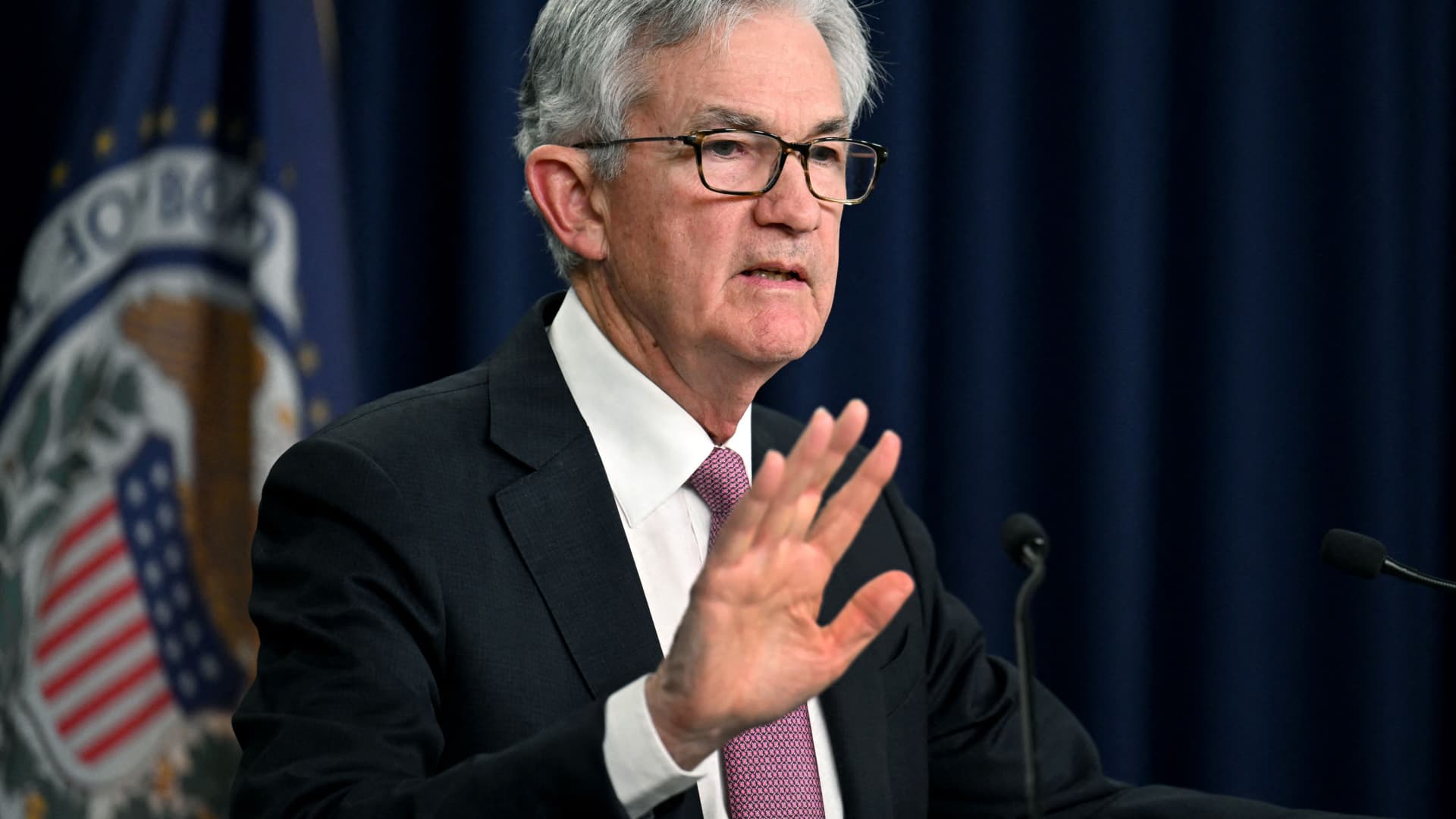
Has the Federal Reserve effectively finished its tightening cycle even as central bank officials, most economists and some high-profile Wall Street commentators simply don’t realize it yet?
There are anecdotal and statistical data which show that the recent rate hikes by the central bank and the end of quantitative easing are already slowing the economy and, quite possibly, dampening persistent inflationary pressures.
The Fed is scheduled to begin quantitative tightening in June, but one wonders whether shrinking the central bank’s balance sheet will be necessary now that the economy appears to be rolling over with just a modest push by policymakers.
As I once mentioned before, there is no lag between the implementation of Fed policy changes and the effects in the real economy. That fact is playing out in real time today.
Potential signs of cooling emerge
Housing, the most interest-sensitive sector of the economy, has already rolled over in terms of mortgage applications, pending and actual home sales, both existing and new.
Lumber prices, which have spiked twice in the past year, have crashed for the second time in less than a year.
Retailers are also reporting bloated inventories of consumer goods. Walmart, for instance, recently reported cost pressures tied to higher inventory levels, overstaffing and higher fuel prices. Higher markdowns and lower-than-anticipated sales of discretionary merchandise also hobbled Target’s first-quarter results.
There’s been a mild uptick in jobless claims over the past few weeks, even though they remain low by historical standards.
Further, higher costs are eroding profit margins and are potentially altering consumers’ spending habits. These are factors behind many of the disappointing corporate results we’ve seen.
Also, China’s economy, which may well be contracting, is a drag on global growth, and manufacturing activity in Europe has suddenly softened.
Incidentally, the U.S. is expected to grow faster than China in 2022, the first time that has happened since 1976.
Second-quarter GDP, as estimated by the Federal Reserve Bank of Atlanta, shows the U.S. economy rebounding from a first-quarter decline to a 1.8% annual rate of growth. That, by the way, is down from a 2.4% growth rate anticipated just a week ago.
Finally, inflation expectations have also fallen sharply, with 5- and 10-year “breakevens” plunging over the last few weeks.
Fiscal stimulus drains away
Fiscal stimulus, which in part helped create the inflation spike we’ve witnessed since the depths of the pandemic, is also draining away.
In the absence of a nearly $2 trillion “Build Back Better” plan, the ending of a generous child tax credit, cessation of extended unemployment benefits (the latter of which is appropriate with the unemployment rate near record lows) and a whopping decline in the fiscal 2022 budget deficit, one could argue that fiscal policy is now even tighter, on a relative basis, than monetary policy.
The federal budget deficit, through April, was $360 billion dollars, one-fifth of the comparable period in 2021. It’s on track to show the largest annual decline in the deficit ever — albeit from record levels.
In short, last year’s tailwinds have become this year’s headwinds.
Maybe the Fed is closer to the finish line than anyone currently suggests.
I’ve long been of the mind that it would be impossible for the Fed to get its policy rate much higher than 2%, in a world that is effectively levered to zero interest rate policy.
While that’s about double the current fed funds rate, the Fed is committed to raising its target rate to at least 2% over the next two meetings.
We’re halfway there and will likely arrive at that level before the summer is out.
It’s true that China needs to reopen and begin shipping goods and that the war in Ukraine needs to end to lift the pressures on energy and food prices. However, the central bank may have already done all it should to weaken demand as we wait for supplies of raw materials and finished goods to return to normal.
If anyone at the Fed should publicly utter such a notion, look for the stock market to emerge from its funk and launch a new leg up.
If not, this bear market still has legs and will fall further until a new bull can start running again.




